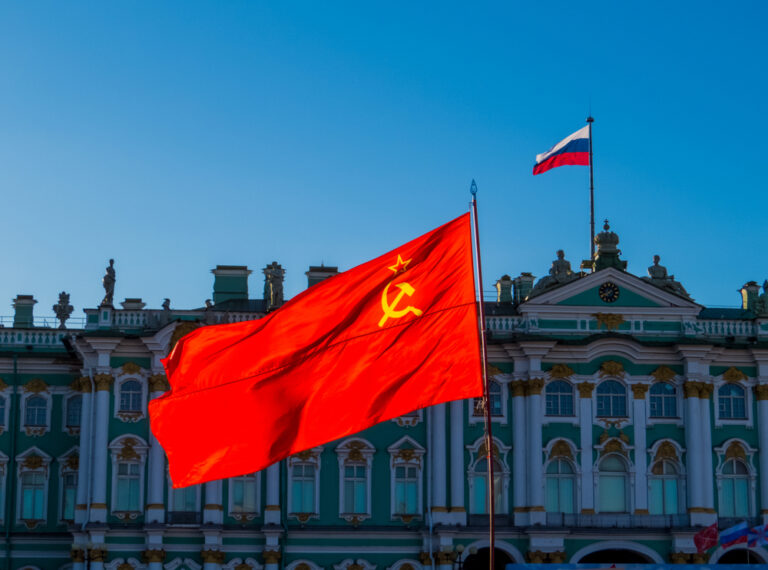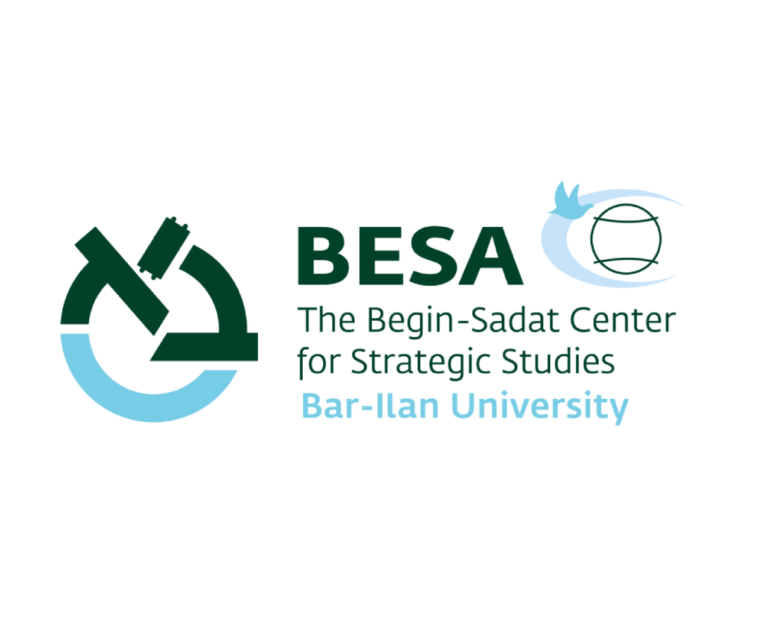Search Results for: South Caucasus – Page 4
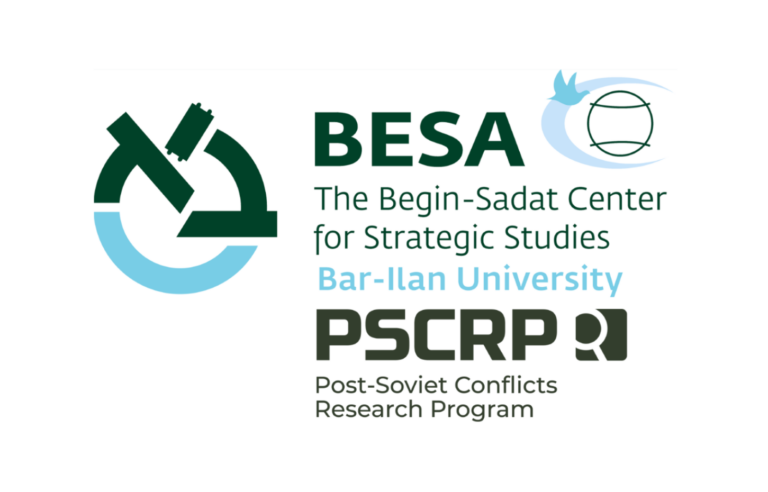
For a significant period, Russian policy in Central Asia has differed from its approach toward Ukrainian or Georgian issues. It was characterized by fewer elements of ideology and greater pragmatism. Pragmatic elements that "softened" Russian foreign policy in the Central Asian direction persisted until 2021, owing to various factors. Russian officials, to some extent, recognized the multi-vector foreign policies of Central Asian countries, leading to a more accommodating stance toward the region. Central Asia was perceived as having limited prospects for NATO and EU expansion, partly due to the presence of authoritarian regimes and its geographical distance from Europe. This made Moscow's influence appear less threatened compared to regions like Ukraine. Global strategic considerations compelled Putin to acquiesce both Chinese and Turkish influences in Central Asia. Putin's personal limited interest in Central Asian affairs and the influence of regional leaders on Russian decision-makers sometimes fostered an atmosphere of pluralism. Russia shared a common enemy in the form of radical Islam with both the West and secular regimes in Muslim countries.

Russia’s full-scale invasion of Ukraine in 2022 marked the completion of a series of changes that gradually reshaped the balance of power and diplomatic relations that had established in the post-Soviet space since the collapse of the USSR in 1991. This event created a considerable strategic uncertainty.

The military escalation that took place in Karabakh in November 2020, has fundamentally transformed the (geo)political configuration in the region. After the fall of 2020, the territory of unrecognized “Artsakh” – “Nagorno-Karabakh republic”, established in 1991 on the part of the territory of mostly populated by ethnic Armenians Nagorno-Karabakh Autonomous Republic of Azerbaijan, shrank almost four times. Azerbaijan has regained internationally recognized control of its lands and its refugees, who were forced out by the Armenians started to return there. Authorities of Armenia, historically a patron of the unrecognized enclave, are now actively preparing for a peaceful solution. However, this solution will be now probably written not in Yerevan.

- Vladimir (Ze’ev) Khanin
- Paper No. 2188
The new round of Azerbaijan-Armenia conflict and the war in Ukraine both exhibit noticeable anti-Jewish aspects. However, their manifestations are not identical.
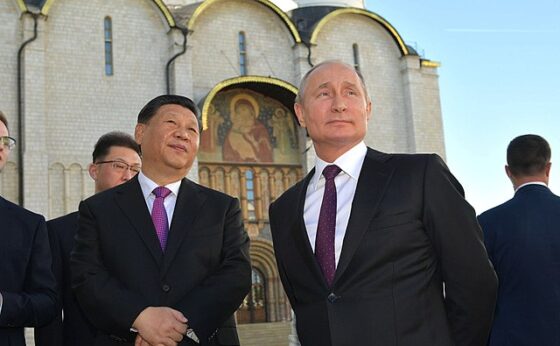
- Emil Avdaliani
- Paper No. 2090
The Kremlin's fixation on competing with the West might cost Russia dearly, as its clout in Central Asia is under strain from a rising China. Moscow will try to mitigate the tilting balance of power by applying methods of the post-liberal world order to the region. China and Russia might reach a condominium in which issues of economy and security are subdivided between them.
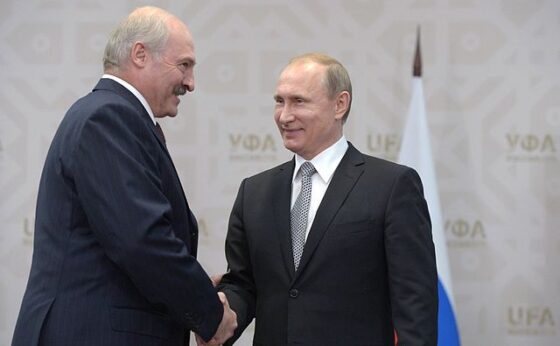
- Emil Avdaliani
- Paper No. 2085
Belarus is growing increasingly isolated and is pushing itself more and more into Russia's embrace. Moscow is taking the opportunity to cement Belarus as a buffer state against Western geopolitical influence. But contrary to the established analysis, unless there is a real chance of a pro-Western government being installed in Minsk, Russia is unlikely to push for any radical scenarios, including full integration.
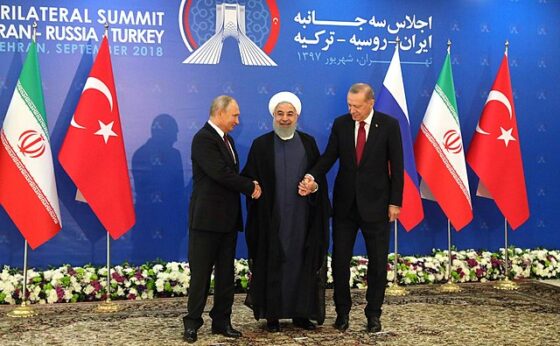
- Emil Avdaliani
- Paper No. 2078
Iran, Turkey, and Russia are building a new model of bilateral ties. Unshackled by formal alliances, the trio is showing it can work together to limit Western influence while avoiding an overreliance on one another. This mixture of correlating and contradictory interests, which characterizes the new Eurasianist model of bilateral relations, is a product of the changing global order.
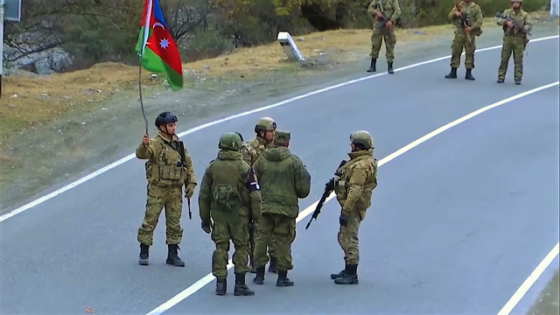
- Emil Avdaliani
- Paper No. 2000
During simultaneous crises in Armenia, Belarus, and Kyrgyzstan, Moscow faced challenges that contained opportunities to reap geopolitical benefits. Moscow’s handling of these crises demonstrates that its policy toward its neighbors has evolved away from direct intervention and toward careful maneuvering, which is both face-saving and more geopolitically rewarding.


